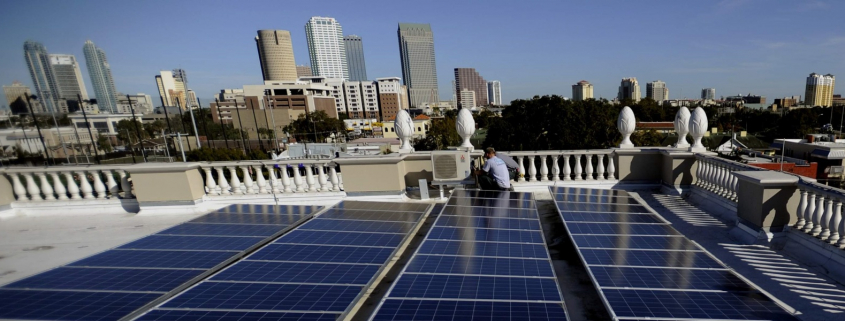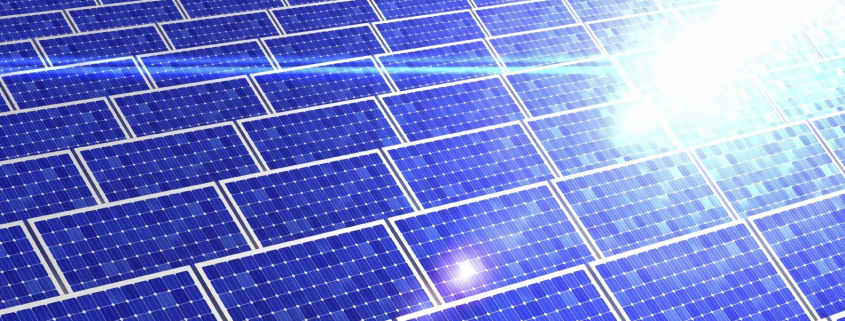Our state’s nickname, The Sunshine State, is more than just a bumper-sticker slogan: Florida has the best solar energy resource east of the Mississippi.
This potential, coupled with Florida’s size and growing population, means that we should be a national leader in affordable solar-energy generation. But we’re not.
Two of Florida’s big power companies have recently announced new large, utility-scale solar projects. However, the private investment market is clamoring to invest in solar in Florida, too. Florida’s distributed (roof top) solar market, which is funded by private investment dollars, is being artificially constrained by unnecessary barriers.
So far, Florida’s big monopoly utilities have been effective at controlling who generates power from the sun and what they can do with it. These barriers stifle innovation, constrain customer choice and prevent job creation, hurting my business and hundreds like it.
That why longtime solar advocate, CEO of Wiremaster’s Electric, an electrical-services company in Miami, and board member of the Florida Alliance for Renewable Energy, Kent Crook, supports a newly launched ballot petition to expand solar choice by allowing customers the option to power their homes or businesses with solar power and choose who provides it to them. This petition is not a mandate, and it won’t raise taxes. It simply removes barriers in order to expand the choices for Floridians who want to power their homes and businesses with clean, renewable solar power.
Solar choice would enable customers to contract with solar providers who can offer innovative financing plans to provide solar power systems at no upfront cost — much as we already purchase and finance homes or cars. Landlords likewise will have the opportunity to provide the economic benefits of solar power to tenants. And this ballot would also permit solar providers to sell power directly to the customer at a long-term fixed rate. Fixed rates lock in long-term savings and offer more control over our energy future. In addition, recent studies have shown that solar-energy systems increase homes’ resale value.
These benefits are great news for middle- and lower-income customers who may have been locked out of the solar market because they did not have the upfront cash to invest in a solar system. Clean, nonpolluting energy sources like solar can also reduce traditional energy’s health impacts, which disproportionately affect low-income and minority communities in our state and around the country. Thus we are able to leave cleaner air and water for future generations to enjoy.
Despite protests from the big power companies, solar energy does not raise electricity rates, and because the fuel source — the sun — is free, it will help customers control electricity rates. Monopoly power companies like Florida Power & Light make their money by building new power plants. They earn a guaranteed rate of return, which is then passed on as profits to its shareholders. The company doesn’t seem to consider its low-income customers when gutting customer energy-efficiency opportunities or building costly new power plants.
Monopoly utilities are understandably scared of losing their monopoly and the lucrative profits that the government guarantees them. When homeowners and businesses are able to generate their own power, it means less profit for power companies.
It’s called the free market, and competition will benefit us all. More solar energy customers means businesses will hire and train more solar installers and electricians — resulting in more well-paid, local jobs that cannot be outsourced.
A recent poll found that 74 percent of state voters support a proposal to change the law and allow Floridians to contract directly with solar providers to power their homes or businesses with solar energy. Residents of the Sunshine State clearly support solar power, but they are currently being denied the right to choose it as their power source.
Floridians for Solar Choice is bringing the issue directly to the people. Sign the petition at www.FLsolarchoice.org.
Source: Miami Herald












